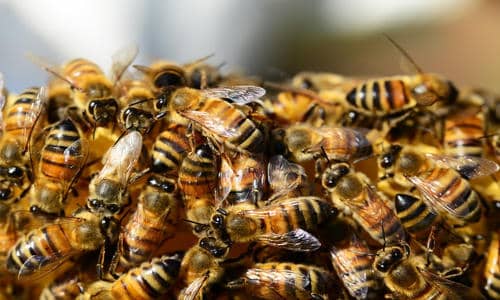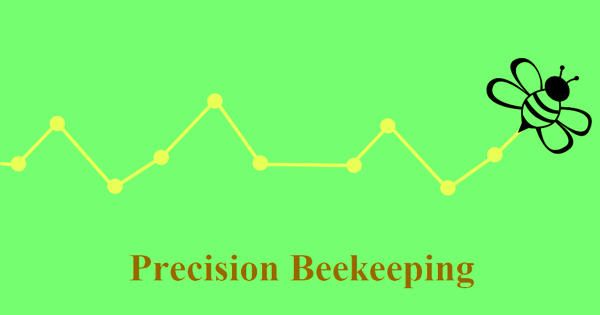Precision beekeeping (PB) is an apiary management strategy based on the monitoring of individual bee colonies to minimize resource consumption and maximize the productivity of bees. It is a sub-branch of Precision Agriculture, is an apiary management strategy based on the monitoring of individual bee colonies to minimize resource consumption and maximize the productivity of bees. Bees play a fundamental role in ensuring pollination; they can also be considered as indicators of the state of pollution and are used as biomonitors. It can be considered a branch of precision agriculture (PA).
“Precision Beekeeping is a sub-branch of Precision Agriculture, is an apiary management strategy based on the monitoring of individual bee colonies to minimize resource consumption and maximize the productivity of bees.”
Similar to PA, the implementation of PB also can be split into three phases: data collection, data analysis, and application. It is important to remotely detect different states of the bee colonies, like developmental states, several events, that may require beekeeper’s actions, including swarming, extreme nectar flow, queenless states, etc. Beekeeping needs continuous monitoring of the animals and can benefit from advanced intelligent ambiance technologies. Technologies are assisting beekeepers to understand what happens inside their hives without opening them up and disturbing the colony.

During the data collection phase, measurements from bee colonies and the environment are collected. Although there are sufficient technical means and industrial products for the practical execution of PB, the process is slow due to the different states of development of three implementation phases: data collection, data analysis, and application. The data analysis phase draws conclusions regarding bee colony behavior and activity trends based on measurement data, predefined models, and expert knowledge. The technical execution, adequacy of earlier and current solutions, and development perspectives are analyzed to prioritize different challenges for PB. In the application phase, decisions are made and actions are undertaken based on data analysis for improving apiary performance.
Currently, available PB systems are not widely used because of several reasons: technical systems are complicated for beekeepers; benefits of usage of systems are not clear and there are additional operational costs of systems. One of the main objectives of PB is to implement real-time and on-line tools for continuous monitoring of bee colonies during their life and production stage using the automatic, automated, and information technology-based solutions, without exposing the bees to avoidable stress and waste of resources. PB systems should be optimized by searching for appropriate combinations of different sensors, and corresponding decision support systems must provide convenient, reliable, and cost-efficient solutions. These technologies include manual temperature measurements, measurements by different loggers and iButtons; wired sensor networks; wireless sensor networks; and infrared imaging.
















